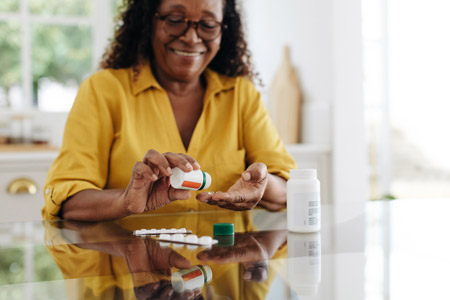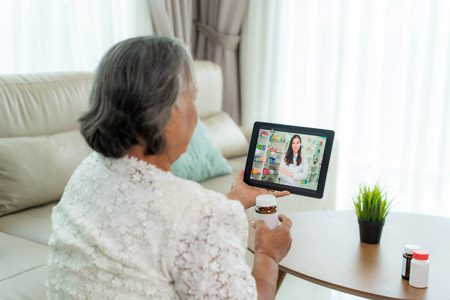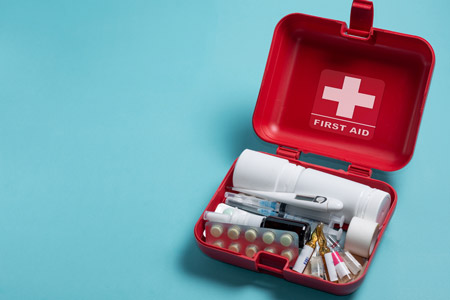


Tips for Administering Medicine to Children
Parenthood is stressful, but when your child is under the weather, that stress can be compounded even further. Administering medicine to children, especially when they’re fussy and feeling sick, can be a daunting task for any parent.
However, with the right strategies, it can become a smoother process. Here are some tips to help you safely and effectively administer medication to your child.
Understand the Medication
Always read the label carefully and follow the prescribed dosage. Remember, not all medications will have the correct dose readily displayed, and need to be calculated based on your child's weight. Confirm the correct medication, dosage, and administration method with your pharmacist or provider. Never guess or alter the dosage without professional guidance.
Make sure you’re making the most of consultation times when you’re at the pharmacist. Come with a list of medications your child is currently taking, as well as any questions you may have written down to ensure you don’t miss anything. Additionally, many instructions are not readily available on medication packaging, so your pharmacist can give helpful, personalized tips for making medication administration go smoothly.
Choose the Right Method
Consider your child's age and the type of medication needed to be administered. For infants and young children, liquid medications and suppositories are often easier to administer. Pharmacists can also often tailor the flavor of liquid medications to suit picky eaters — popular flavors can range from bubblegum to fruity favorites — but note that not every flavor is compatible with every medication.
Use a calibrated syringe or medicine spoon, provided by your pharmacist, for accurate dosing. For older children, chewable tablets or capsules may be suitable. Always consult with your pharmacist or provider if you are unsure which method would be most effective for your child.
Make it Palatable
If the medication tastes unpleasant, try mixing it with a small amount of applesauce, yogurt, or juice. Prior to mixing, ensure the medication is compatible with your flavoring agent of choice. For example, some antibiotics are not to be mixed with dairy.
As mentioned above, your pharmacist may also be able to customize the flavor of liquid medications to suit your child’s palate. Ensure the food or drink won't interact negatively with the medication. Avoid mixing it with essential foods, as the child might then associate those foods with the unpleasant taste. Lastly, avoid associating medication with candy. It may be tempting to incentivize children by saying, "It's just like candy!". It is important that your child learns and understands the importance and seriousness of medication. Additionally, comparing sweet medication to candy may result in the child misusing and overdosing.
Follow-Up and Storage
Monitor your child for any adverse reactions after administering the medication. Store medications safely, out of reach of children, and follow the storage instructions on the label. Be sure to check with your pharmacist about proper storage — some liquid medications must be stored at room temperature, while others are refrigerated.
Remember, consistency and patience are key. If you encounter significant difficulties or have concerns about your child's reaction to the medication, always consult your pharmacist or provider.
The information on this site is for informational purposes only and should not replace direct medical advice, diagnosis, or treatment from your doctor or another qualified healthcare provider.
Sources:
“Administration of medicines to children: a practical guide.” Aust. Prescriber.



















.jpg)





















.jpg)

















.jpg)


























.jpg)
.jpg)
.jpg)













